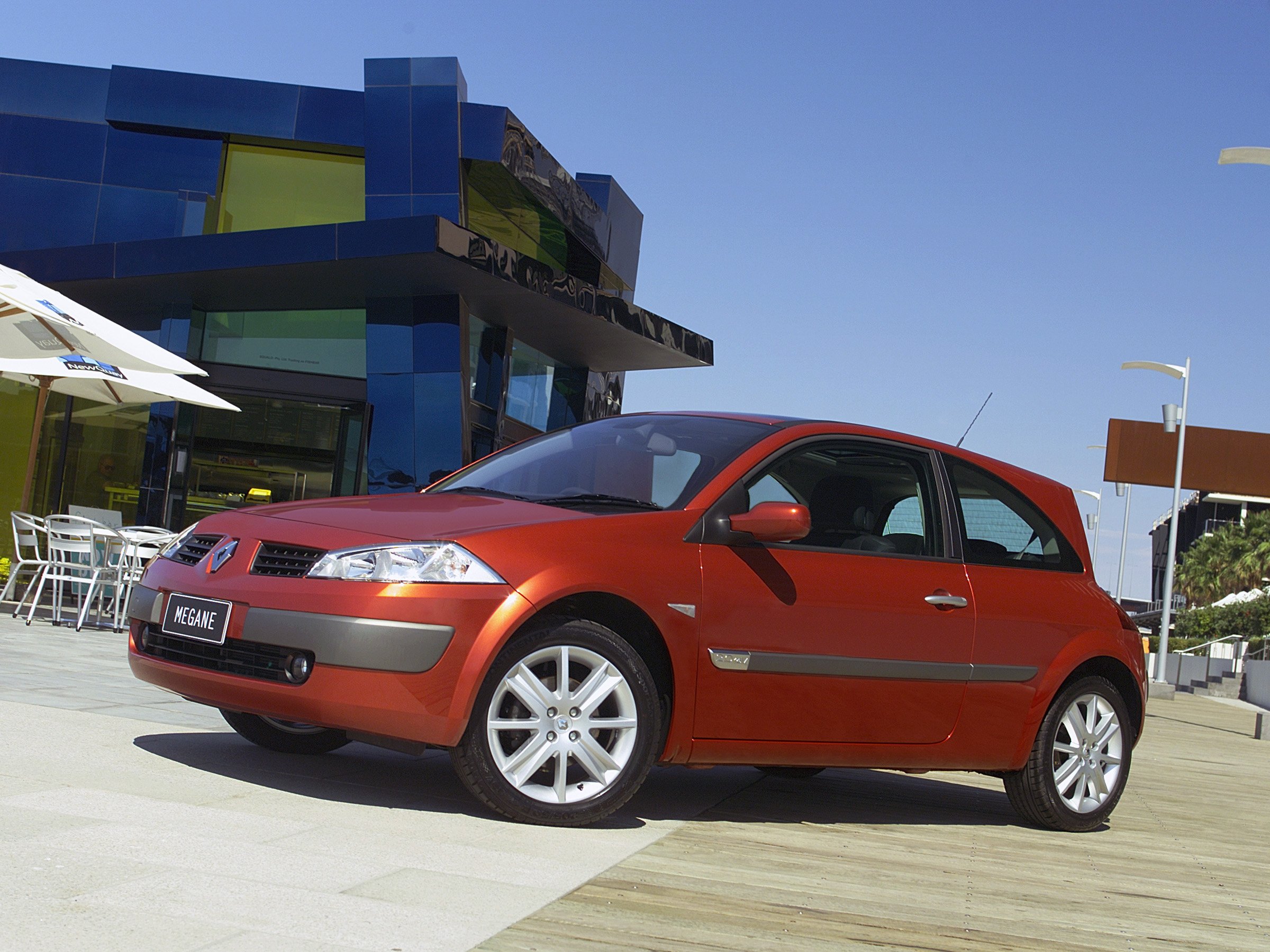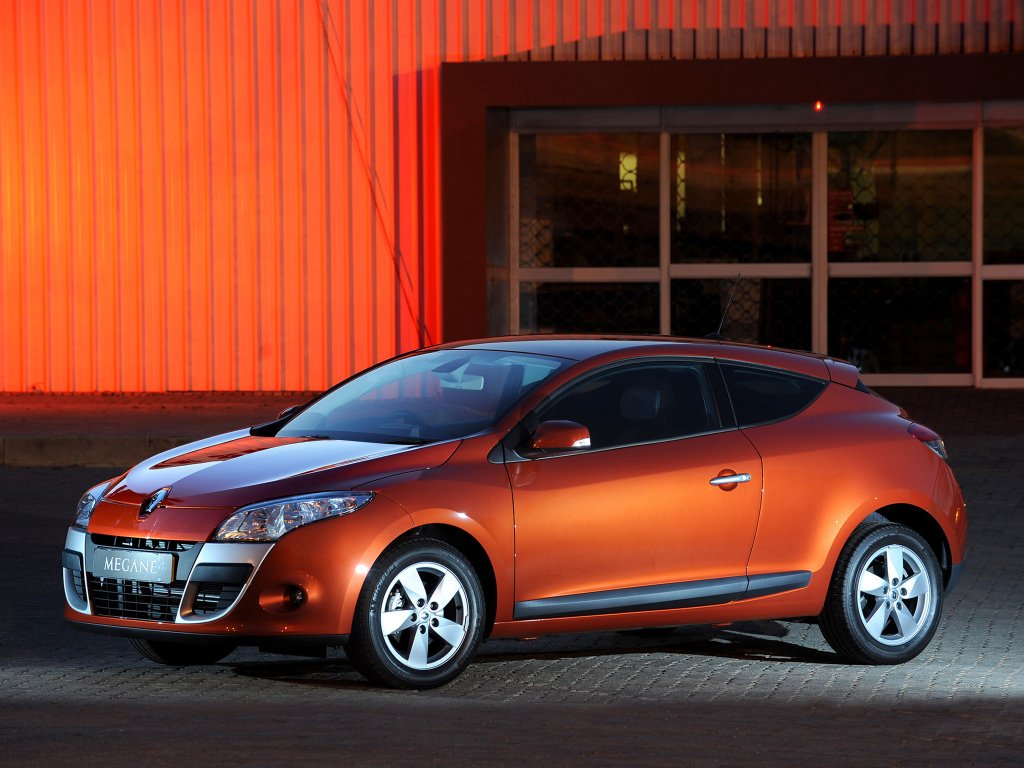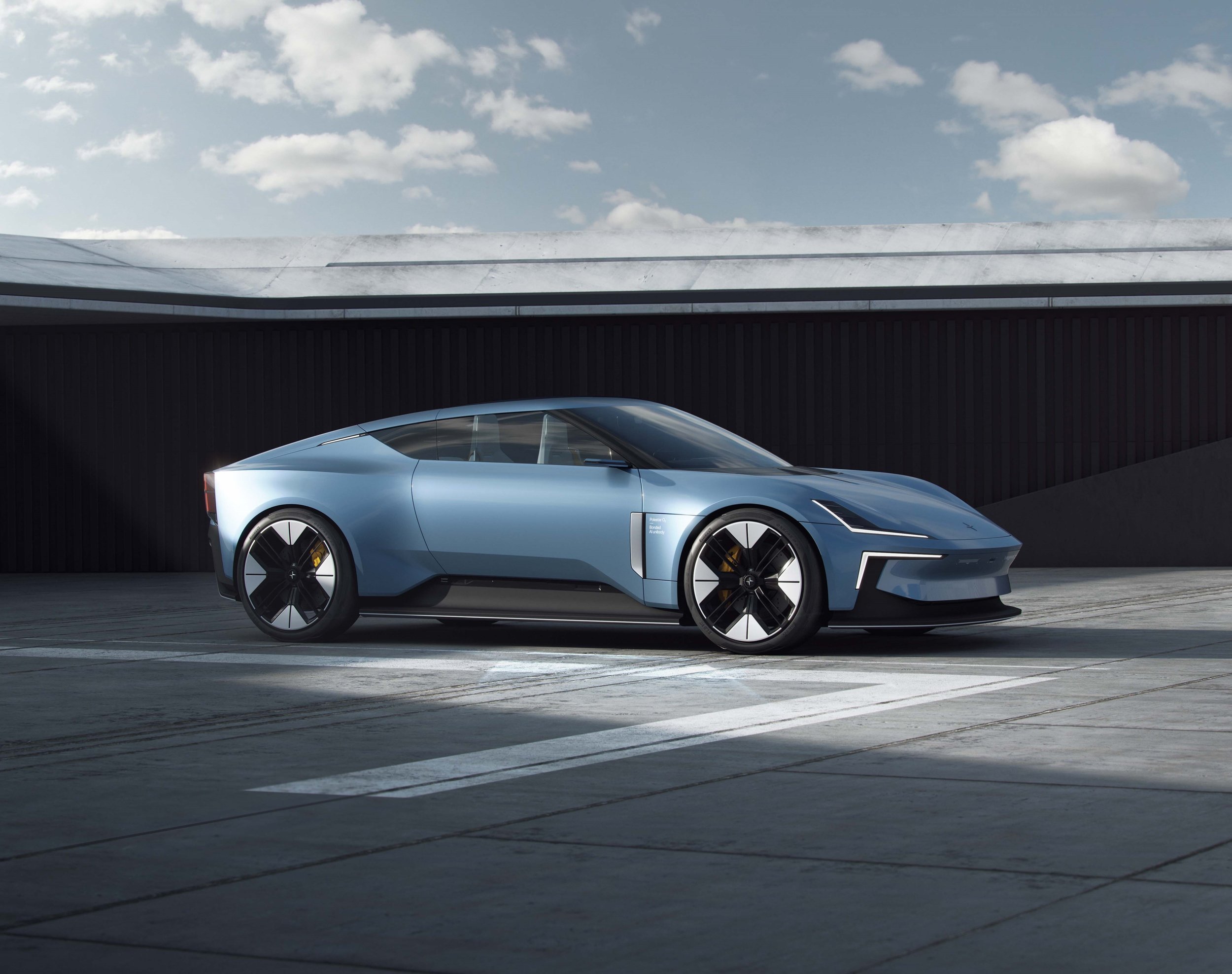The Surge (VI) - The Purge
The groundbreaking, successful Renault Mégane MkII left behind memories, rather than a legacy - in the saga’s concluding chapter, Patrick le Quément & Christopher Butt explain the reasons
Occasionally, fortune indeed does favour the bold. Unlike a great many daring, unprecedented car designs, what with their tendencies to end up being considered ‘noble failures’, the Renault Mégane II turned out to be an unqualified success.
Not just well-regarded by design professionals, it sold in numbers conventional wisdom would deem impossible for such an idiosyncratic creation.
Against this backdrop, it would appear mystifying that Mégane II did not prompt another period of sustained creative impetus.
The 2003 Car of the Year was awarded to the Mégane II, the jury praising its ‘expresive’ design in what is usually a conservative market segment. It also applauded its ride, handling and sophisticated passive safety systems. Sales that had begun on October 11, 2002 were well above forecasts; customers, particularly those for the three-door Sport Hatch, were reported to be considerably younger than before, and often previous owners of rival brands.
Louis Schweitzer, Renault’s President, had planned to join the awards ceremony that was to take place at the Guggenheim Museum in Bilbao, leaving late in the afternoon to join the festivities, accompanied by others - myself included. We took off in a private jet from Paris Le Bourget airport, but soon turned around after a technical fault was detected. We returned to the lounge, noting that we would arrive as the first course of the meal was being served. A second aircraft was prepared, which turned out to be afflicted with another mysterious failure. We landed once again at Le Bourget, but Louis Schweitzer turned down the offer to prepare a third plane, and we returned home by taxi. I recall that moment with great clarity, as I felt robbed, depressed, wondering if the Gods had pointed their Fickle Finger of Fate, whistling the end of a Golden Age.
Just a couple of years later, it became common knowledge that Louis Schweitzer would retire in the forthcoming months, thus ending an era of enlightened management. His successor was officially identified: it would be none other than Carlos Ghosn, the thunderstorm who had worked wonders in the financial turnaround of Nissan. He proceeded to send his Emissary ahead of him - a man half smiling, half threatening and three thirds dogmatic -, in order to assess the conditions of the takeover.
It all began with a threat coming from the Emissary on my person, via an interview published in Car Magazine - not cricket, as some would say! He had hoped that the Design activities would come under his control, as well as Product Planning, when Carlos Ghosn was officially appointed. But it was not to be. I continued to answer directly to the President, who often insisted, when we met in my office, that I should work in good cooperation with the Emissary, but always adding: «Remember that I am your boss!»
The cultural revolution brought by Ghosn institutionalised fear as a way of management, what with its veiled threats, organised public humiliations, elimination of counter-revolutionaries… and resulted in the rise and rise of the hounds that barked in tune. Later came the installation of suicide nets below the gangway of the huge main hall at the Technocentre, in order to prevent the rising number of suicides. Later still, just after I had left, the regime further raided the toolbox of autocracy with the condemnation of three fake spies (one of which was a member of the board of directors), who were accused of working for the enemies of the people.
Hindsight and the most acerbic of ironies are sometimes hard to tell apart.
Anno 2022, even disregarding that escape in a box, the wedding at Versailles and the claimed fraudulent activity, Carlos Ghosn and his management style seem like a relic from the previous century. The mafioso-like posturing and blatant ruthlessness of this type of Master Of The Universe would seem like the kind of social phenomenon our woke present has emphatically relegated to the past.
Yet Ghosn followed Schweitzer - as domination followed collaboration, conservatism followed curiosity.
It happened back then. It could always happen again.
When work began on the Mégane III, the new regime had retired Landmark Design into the trial and error category of Renault’s design history, despite the commercial success of the Mégane II. But it did follow up the sales fiasco of Avantime, which shared its common roots in the 1998 Vel Satis concept car with Mégane II.
A new world had emerged after the ceasefire, as we began to search for inspiration in a no-man’s land. We wondered if we should aim to design what one might term «designed by the United Nations», by the people, for the people - but not for anyone in particular.
Fortunately, Fabio Filippini, our highly talented and articulate designer, was appointed Director of the C Platform family in May 2006. He had, as a member of his team, an energetic and ever so creative designer in François Leboine. Not only was his design chosen, but he also managed to succeed in the internal competition for all the five other model variants. When he had finished this labour of love, François was so fatigued that we offered him a spell in our Barcelona Design Centre to decompress a little, but he instead proceeded to design and win the competition for Twizzy.
If the five-door hatch was a good looking car - good for your health, guaranteed not to raise your blood pressure, and yet not neutral in the least - the design of the coupé was a real gob stopper. It created an uproar when displayed in front of the selection committee, as the Product Planning director, whose voice had been favoured in the recent past as in the case of the uninspired Twingo II, began hostilities by describing the coupé as an aggressive, toxic design. This brought a certain deafening hush to the assembly. But then, all the other members of the selection committee elected to ignore those comments, and our preferred design was ultimately approved.
As I meandered back to my office, feeling somewhat chuffed with ourselves, the cold reality of the situation caught up with me. For indeed, with Mégane III’s exterior design approval, we were celebrating a feat equivalent to climbing three flights of stairs in our local mall - but it could not compare to the landmark design contribution of the Mégane II, which had been a heroic and spectacular ascension to the very top of the Eiffel tower.
And so it was that I realised I was, in fact, living the last moments of a lifelong dream of working for Renault: feeling sorry to see the company in the hands of Carlos Ghosn, who continuously travelled East in his bed and breakfast Gulfstream G550, whilst Renault was going West.
A sad ending.
Image credits: ACEA, Patrick le Quément archives, Renault
















Car interior designer who created some of the most significant cabins of all time, most notably the Porsche 928’s